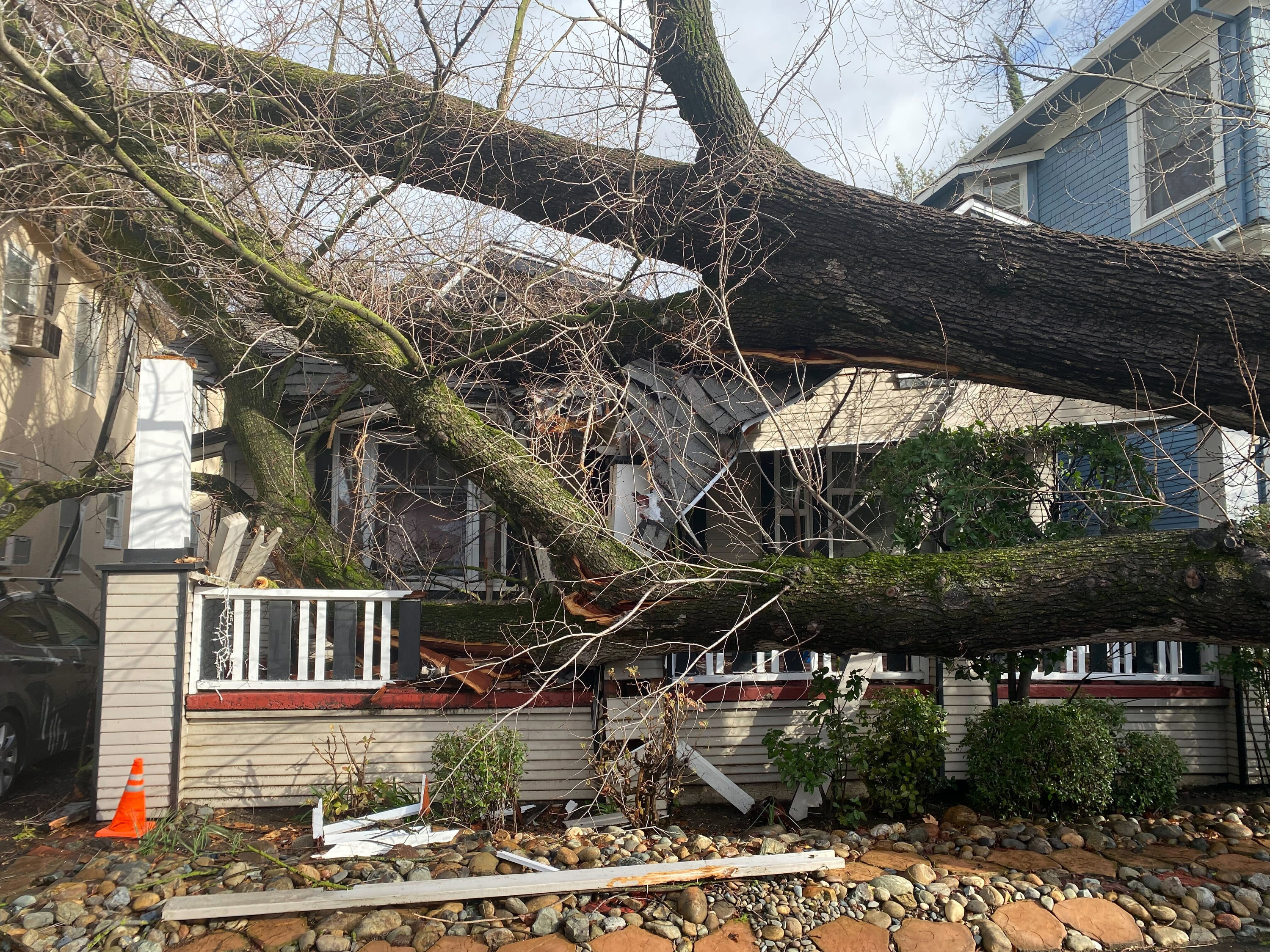
Extreme drought was wiped out in California after a series of winter storms that brought rain and snow to California, boosting the state's vital snowpack in the Sierra Nevada Mountains, according to this week's U.S. Drought Monitor report.
Only a small portion of California along the Oregon border remained in extreme drought, the second-most severe category, in last week's report. That category doesn't appear on this week's map, which includes data current as of Tuesday morning.
The weekly report released Thursday includes data available through Tuesday morning, so more improvement will likely appear in next week's report.

Get top local stories in San Diego delivered to you every morning. Sign up for NBC San Diego's News Headlines newsletter.
The report showed improvement in other categories, too. Click to enlarge.
At the start of California's water year in October, nearly 41 percent of the state was in extreme drought. More than 16 percent of California was in exceptional drought at the start of the water year, but that category was wiped out this month after a barrage of winter storms.
Ninety-two percent of California remains in moderate drought. Forty-two percent of the state is in severe drought, marking significant improvement the start of the water year when 94 percent of California was in that category.
Deadly storms washed out roads, triggered flooding and mudslides and caused havoc around the state this month. President Joe Biden was scheduled to tour storm-damaged areas Thursday.
The storms are fueled bands of moisture over the Pacific Ocean called atmospheric rivers. The phenomenon contributed to some of the wettest California winters on record, but also the most destructive and deadliest.
California has spent most of the last 15 years in drought conditions. The current three-year dry spell included one of the driest late winters on record.
The state's normal wet season runs from late fall to the end of winter, but dismal precipitation left about 95 percent of California in severe drought at the start of spring. By September, nearly all of California was in drought.
Much of California’s water comes from melting snow in the Sierra Nevada Mountains. In an ideal scenario, storms blanket the mountains with snow during winter, building up the natural reservoir. That snow then melts in late spring and early summer, replenishing the state's water system. Snowpack was far below normal in Spring 2022.
California recorded its driest first three months of the year on record to start 2022. The dry stretch followed a promising December when storms drenched parts of the state and brought snow to the Sierra Nevada Mountains.
But late fall storms brought reason for optimism. California's statewide snowpack level was more than 200 percent above normal in mid-December after powerful December storms blanketed the Sierra Nevada Mountains with snow.



